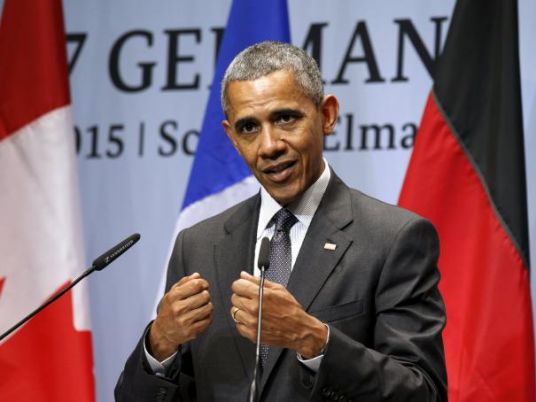
The United States and 11 Pacific Rim countries agreed on Monday to what could be the largest regional trade agreement following more than seven years of negotiations.
If ratified by the United States, Japan, New Zealand and nine other countries, the Trans-Pacific Partnership (TPP) would link 40 percent of the world’s economy and eliminate nearly 20,000 tariffs on various goods, according to the White House.
The other nine countries included in the agreement are Australia, Brunei, Canada, Chile, Malaysia, Mexico, Peru, Singapore and Vietnam.
Negotiators spent the past weeks in Atlanta finalizing the accord, reportedly addressing tough hang-ups that resulted in an expected Sunday announcement being delayed into Monday.
The agreement will likely face months of heated debate in Congress, and is all but guaranteed to attract significant attention ahead of the US’s 2016 presidential race.
Lawmakers are not likely vote on the accord until spring, following a 90-day congressional review period after the final text is agreed on, and that text must be public for 60 days of that time.
President Barack Obama said in a statement released shortly after the agreement was made public that it “levels the playing field” for US businesses “by eliminating more than 18,000 taxes that various countries put on our products” while including the strongest labor and environmental protections “of any trade agreement in history.”
He said that unlike past agreements, a possible reference to the controversial North American Free Trade Agreement between the US, Canada and Mexico, the TPP’s trade and environment commitments “are enforceable”.
Critics argue that the TPP does little to protect worker’s rights or the environment, and ultimately serves corporate interests.
The agreement could be a legacy foreign policy achievement for Obama on par with his efforts to restore ties with Cuba and broker a nuclear pact with Iran. But Obama can't sign the agreement until after Congress has its 90-day review period.
The pact is part of the administration’s larger “pivot” toward rapidly developing East Asia as China continues to expand its influence in the region.

